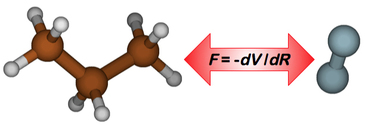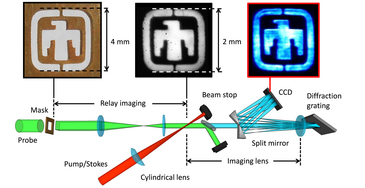|
Sydney University has developed a variant of the well-known
Sydney/Sandia piloted jet burner to address the needs of combustion models to
accurately predict the behavior of mixed-mode combustors. This
burner has enabled experiments on mixed-mode turbulent combustion in a
configuration with well-defined boundary conditions critical for quantitatively testing models and
better understanding the fundamental behavior of such flames.
Read More

Scientists increasingly turn to detailed chemical kinetic models to
understand combustion’s complex chemistry. Very few of the thousands of
parameters required for these models have been directly measured.
Extrapolation using empirical trends has led to reliable estimates for some of
the missing data, and a few key parameters have been empirically tuned to fit
bulk combustion targets. Nonetheless, many gaps remain. To address this
challenge, CRF scientists Ahren Jasper and Eugene Kamarchik teamed with James
Miller and Stephen Klippenstein of Argonne National Laboratory to develop a new
first-principles method for predicting collision integrals, fundamental
quantities that underlie models of many bulk transport properties.
Read More
 Following a recent string of advances, CRF researchers Alexis
Bohlin and Christopher Kliewer have developed a new coherent Raman imaging
spectrometer that acquires spectral information rendered in two spatial
dimensions (2D) to generate a planar array of thousands of Coherent anti-Stokes
Raman spectroscopy (CARS) spectra—all within the instantaneous timeframe of a
single laser shot. In new work, the researchers extended their previously reported
simplified two-beam CARS setup to simultaneously measure Raman transitions up
to 4200 cm-1, allowing, in principle, detection of all Raman
active vibrational or rotational manifold distributions for major flame
species. This unique spatially correlated assessment method, incorporating all
CARS benefits, enables new cutting-edge diagnostics for many fast, dynamical
gas-phase systems.
Read More
|